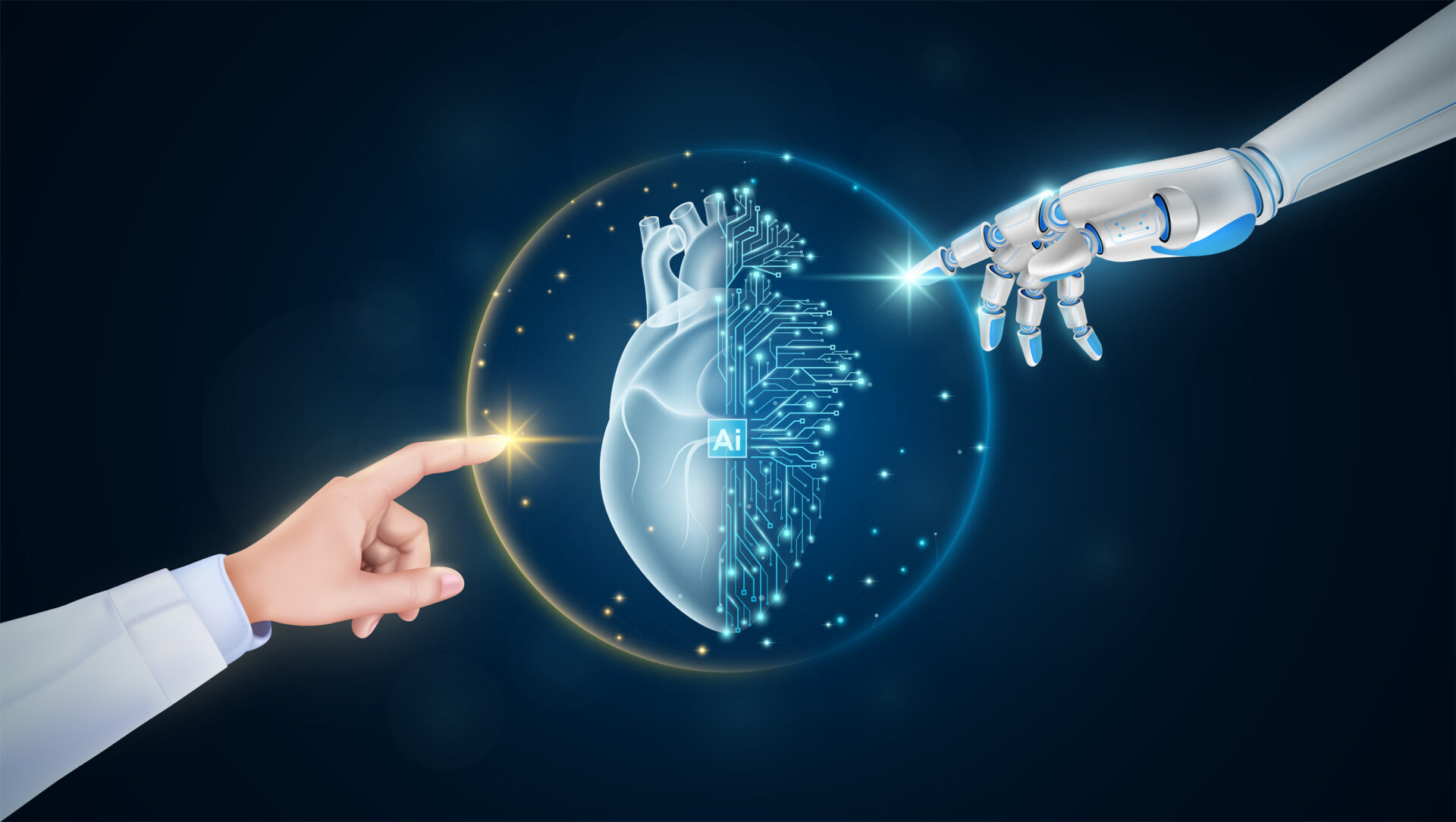MIMETAS and Yamaha Motor sign joint marketing agreement to advance automated human disease model applications for drug development
MIMETAS, a leader in human 3D disease modelling, and Yamaha Motor Co., a developer of the Cell Handler, have singed a strategic joint marketing agreement aimed at advancing therapeutic development using human-relevant models throughout the early drug development pipeline. The collaboration combines MIMETAS’ comprehensive disease modelling and assay development expertise with Yamaha Motor’s state-of-the-art Cell Handler, an automated system for selecting, picking and imaging spheroids, tissues and organoids.
Bas Trietsch, CTO of MIMETAS, emphasized the significance of this collaboration, saying: “Introducing patient-relevant 3D disease models into the drug development pipeline is key to developing new therapeutics for unsolved diseases. However, most of these models lack a vascular system and integrated immune cells, which are critical for studying disease processes and therapy efficacy. One of the primary challenges with complex biological models lies in the variability of growth rate and morphology, making high-throughput, robust assays challenging and time consuming. To address these challenges, state-of-the-art automation, such as the Yamaha Cell Handler, is critical.”
K. Matsuno, general manager of the Medical Device Business Division of Yamaha Motor, commented: “By combining our technologies, we will improve the quality and robustness of
tissue model applications in high-throughput. Together, we can make advanced 3D human disease models suitable for all stages of early drug development.”
MIMETAS and Yamaha Motor will work together to develop innovative applications of the Cell Handler in combination with MIMETAS’ 3D tissue models. The result is an end-to-end solution, providing pharmaceutical researchers with essential tools to expedite their drug discovery endeavours. The integrated solution will allow automated integration of organoids, spheroids, and tumour tissues into vascularized, perfused and immunocompetent tissues, with increased throughput and improved robustness and reproducibility.




